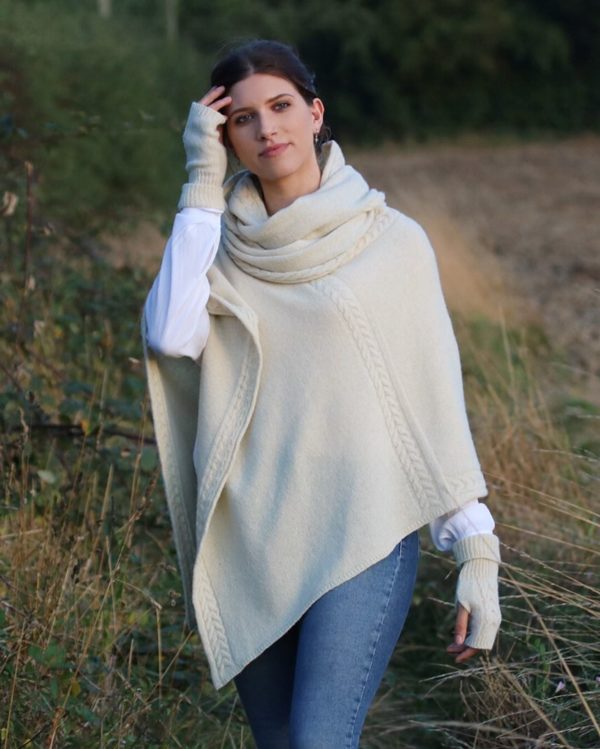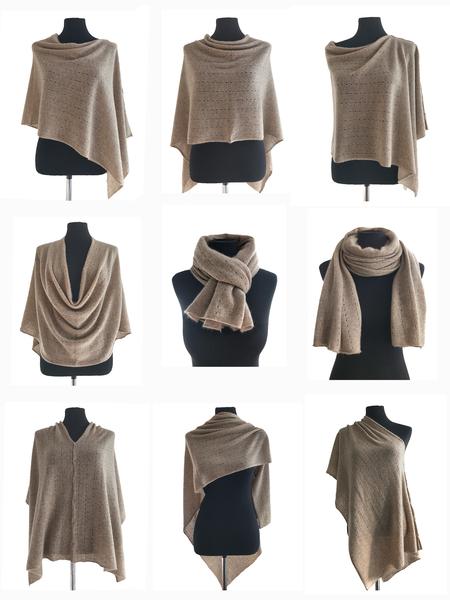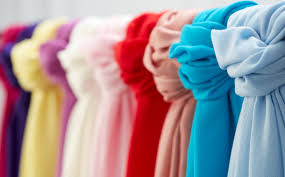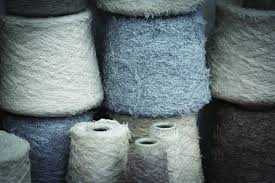
Year: 2019
Eco Collection

Sustainable Regenerated Yarn
A/W 19 Eco Collection of Knitwear is made entirely from recycled fibres.
The cable knit ponchos that we have sourced for the AW19 Cable Poncho Collection, are made in the EU exclusively from recycled fibres.
The fibres which make up these yarns are from both pre- and post-consumer waste, which is to say that they are made up of yarn wasted during the manufacturing process, and also from completed garments.
Collected materials are sorted by hand into colour groups and yarn types before being mechanically shredded and combed until they are ready to be respun into beautiful new yarn.
The recycled yarns are not re-dyed, but retain the colours of the original manufacturing process.
By making a conscious decision to purchase garments made from recycled yarn, you are helping to bring the fashion industry one step closer to sustainability.
Ponchos for Men

Men wearing ponchos has become a worldwide trend and it has been increasing in the last few years.
These are no longer worn only in areas far from the cities with very harsh climates.
This garment has become on trend on the catwalks of major fashion shows in the United States and Europe, both in winter or spring collections with styles like layering
How to wear a Poncho

Do you need a little inspiration to know how to wear a poncho?
Well, it might seem a bit difficult, as a poncho is basically a large piece of cloth that looks like a blanket!
However, when you take a look at these photos that show you how to wear a poncho, you’ll know that you can certainly pull it off.
The poncho is making a huge come-back, and you need one to be right on trend.
What can you wear with a poncho? Basically, ponchos work with lots of things, for example, sweater dresses, shorts and pullovers, jeans and shirts, etc.
See, I told you, there are so many ways to wear a poncho.
Cashmere Quality

Not all Cashmere is the same. There are few methods that can be used to determine the quality of cashmere
Cashmere Quality Grades
Usually, the fineness and length of Cashmere hair become the determining factor to check cashmere sweater quality.
There are three grades of cashmere:
- Grade C Cashmere
This is the cashmere of lowest quality. In this type of product, the cashmere fiber is thick with around 30microns diameter and they are the cheapest of all. - Grade B Cashmere
The diameter of Grade B cashmere fiber is around 19 microns. - Grade A Cashmere
The Grade A cashmere fiber is thinnest and longest of all with less than 14 microns diameter while the length of Grade A Cashmere fiber is around 36mm.
Grade A Cashmere products are the most durable ones.
How to check cashmere quality?
The easiest and quickest way of checking cashmere quality is to touch the cashmere. Upon touching, you will get the smooth and pleasant sensation if it is Grade A Cashmere.
The softness goes on reducing with less grade cashmere because the length gets shorter and diameter goes on increasing with low cashmere grade.
Alternatively, you can stretch the cashmere slowly and see if it returns back to the original shape.
If it returns back to the original shape immediately even after pulling it for some time, it is of high quality.
Cashmere Care

Washing Instructions
Cashmere can be hand washed or dry cleaned.
For Handwashing
- Soak your Cashmere cloth in lukewarm water using the mild detergent.
- Squeeze the cloth gently through the fabric. Be careful not to rub or stretch the cloth.
- Rinse thoroughly your garment in lukewarm water and squeeze excess water with care before lifting out the cloth to avoid stretching.
- Bring your garment back to original shape and leave it to dry naturally.
Do not place your Cashmere garment in direct sunlight or radiators and do not tumble dry.
You can dry press the garment with a cool iron.
Pilling
Cashmere products demand more attention than products made from wool. Small balls of fibre called pills can be seen in cashmere items after the use of these products for first few times. These balls are formed by loose fibres tangling together when that area is rubbed during wear. You can remove the pills either with your own hand or you can also use special Cashmere comb.
How to prevent Cashmere from Moths
Always keep your Cashmere garments clean. Sweat and food stains easily attract moths so that these moths can lay eggs on dirty Cashmere.
Zip bags are the best choice if you want to store Cashmere for long period or till next season.
The life cycle of moths is 21 days. It would be good to open your drawer at least once a month to let the light and air in.
In order to remove moths from Cashmere, you can wrap the cashmere in tissue paper. Then, place the wrapped cashmere in a plastic bag and leave it in a refrigerator for the whole night. You can defreeze the bag the next day so that it will kill moth as well as its larvae.
Place cedar balls around hangers. This acts as the moth repellent.
Storing Cashmere
Do not hang your cashmere.
Always fold your cashmere.
Do not use hot water.
Do not rub the cashmere fabric.
Apply shampoo directly over stain and hand wash the stain.
What is Cashmere

What is Cashmere?
The term Cashmere is derived from its place of origin- Kashmir. The geographical territory that is located to the far north of Sub Indian continent, the temperature in Kashmir is always at its extreme. Goats living in this region have been blessed with special kind of fleece for survival which prevents them from heat in summer and keeps them warm in winter. Cashmere is the under the layer of wool that is close to the skin which is collected by a mechanical de-hairing method from these Cashmere goats.
Each year, during the transitional phase in between winter and summer, the Himalayan goats naturally go through shedding. This is the time when Cashmere is collected from these goats through combing. On the contrary to the popular belief, no goats are sheared or shaved to collect Cashmere.
There are two types of hair on Cashmere goat, the outer coat, and underdown hair. Outer coat is not of use. The Underdown is combed a few times more till the fine raw Cashmere is extracted. The raw Cashmere is then arranged according to the color, texture, and length. Longer fibers are considered of better quality.
Quality of Cashmere
After the Cashmere has been extracted, it is spun into a thread before preparing garment. The quality of Cashmere varies from 2-ply Cashmere to 4-ply Cashmere to 6-ply Cashmere to 8-Ply Cashmere and the number continues till 12-ply Cashmere. 1 thread consists of single-ply yarn. When two single ply yarn is twisted, we get a double ply yarn.
What is difference between 2-Ply Cashmere and 12-ply Cashmere
Although the quality of all Cashmere is same, the weight and thickness of Cashmere go on increasing with the increase in a number of ply.
Cashmere item price increases with the increase in a number of ply used to prepare the product.
Origin and history of cashmere
Cashmere has long been in use by the Himalayan people living in Mongolia, Tibet, Ladakh and Kashmir province.
Due to the remoteness, it did not receive world attention until recently.
Characteristics of cashmere
Cashmere is the best of all natural fibers that is exceptionally smooth, highly durable and much comfortable to wear.
Cashmere is appropriate for all climates as its insulation properties change with the change in relative humidity in the air.
What is the natural color of Cashmere
Before dying, the original color of cashmere wool is different versions of grey, white and brown color.
Bella Cashmere

Bella Cashmere based in Malta believes in exceptional quality & long lasting cashmere clothing
We’re passionate about cashmere and want our customers to feel as excited wearing our styles as we do from the moment they are designed.
